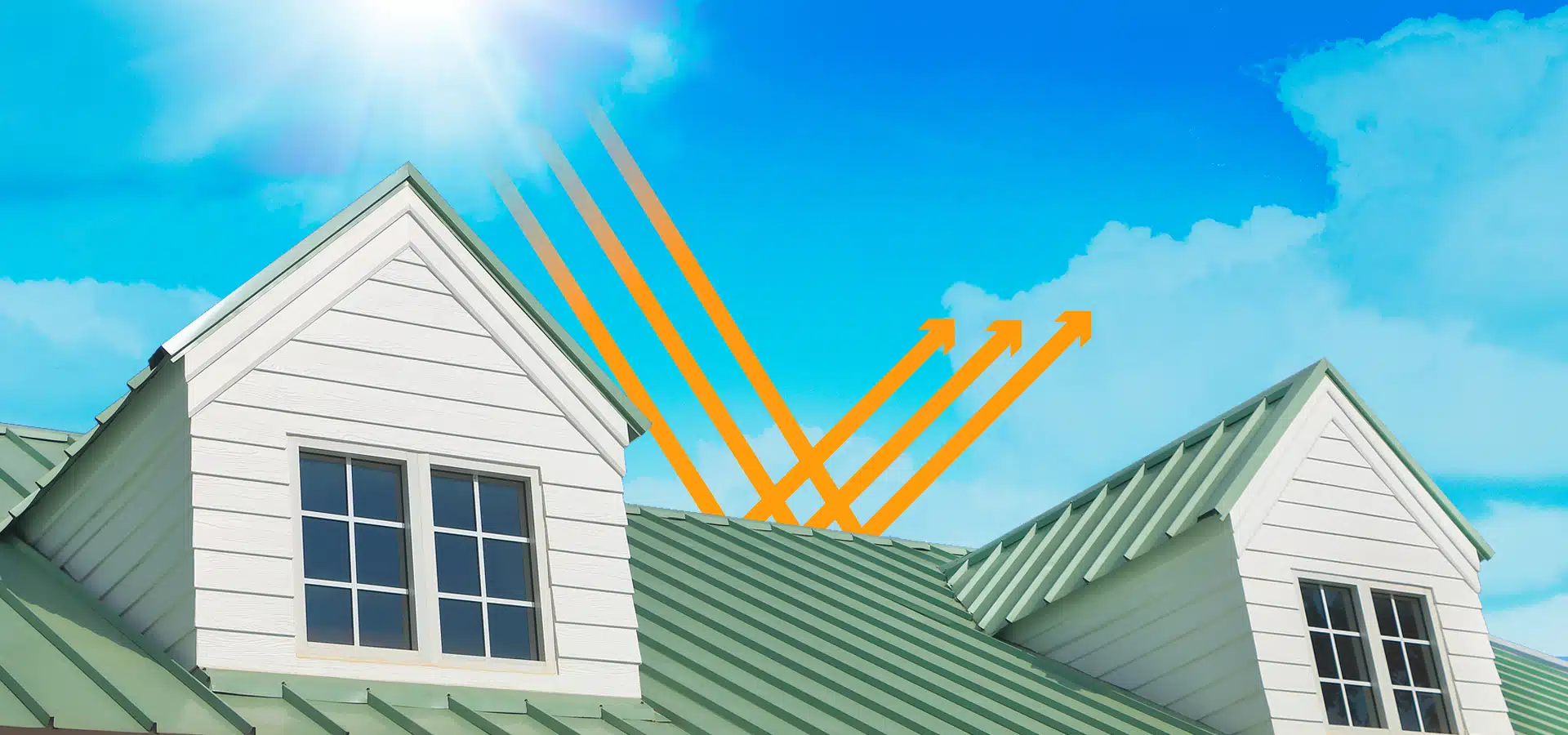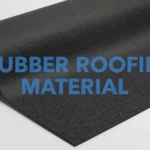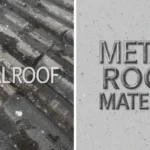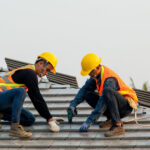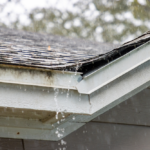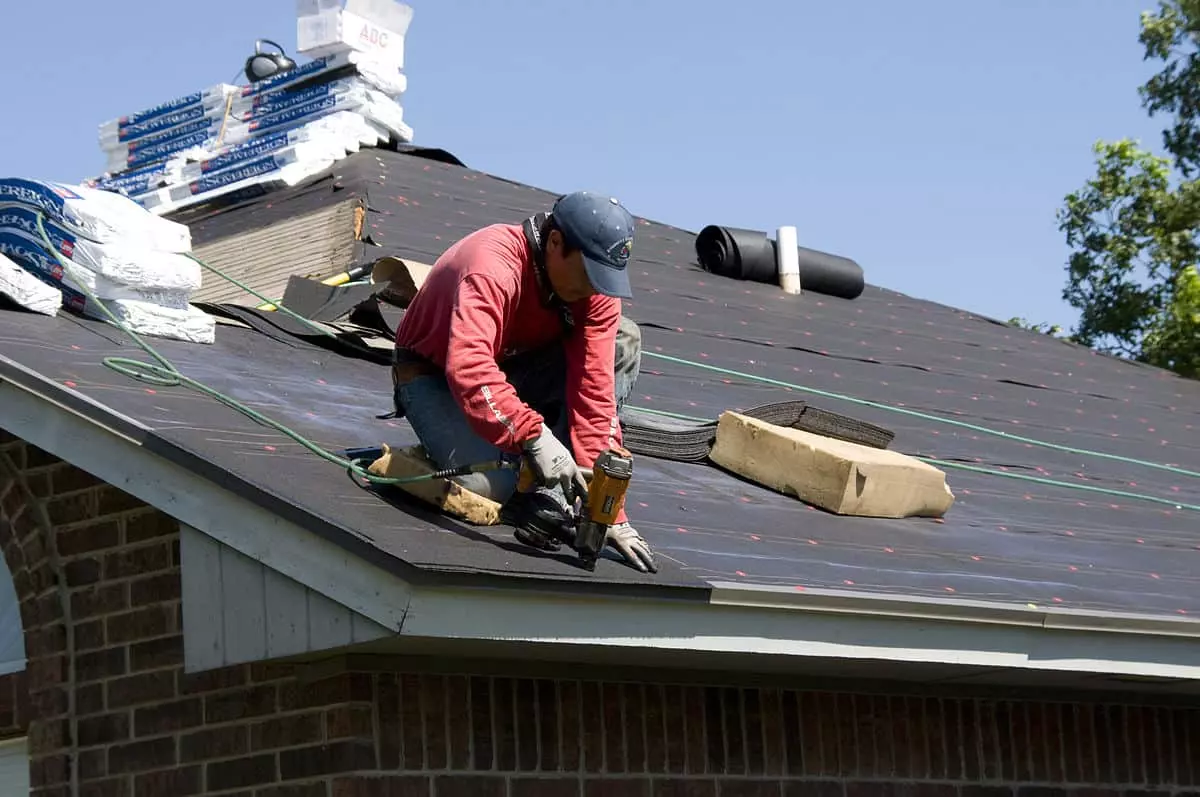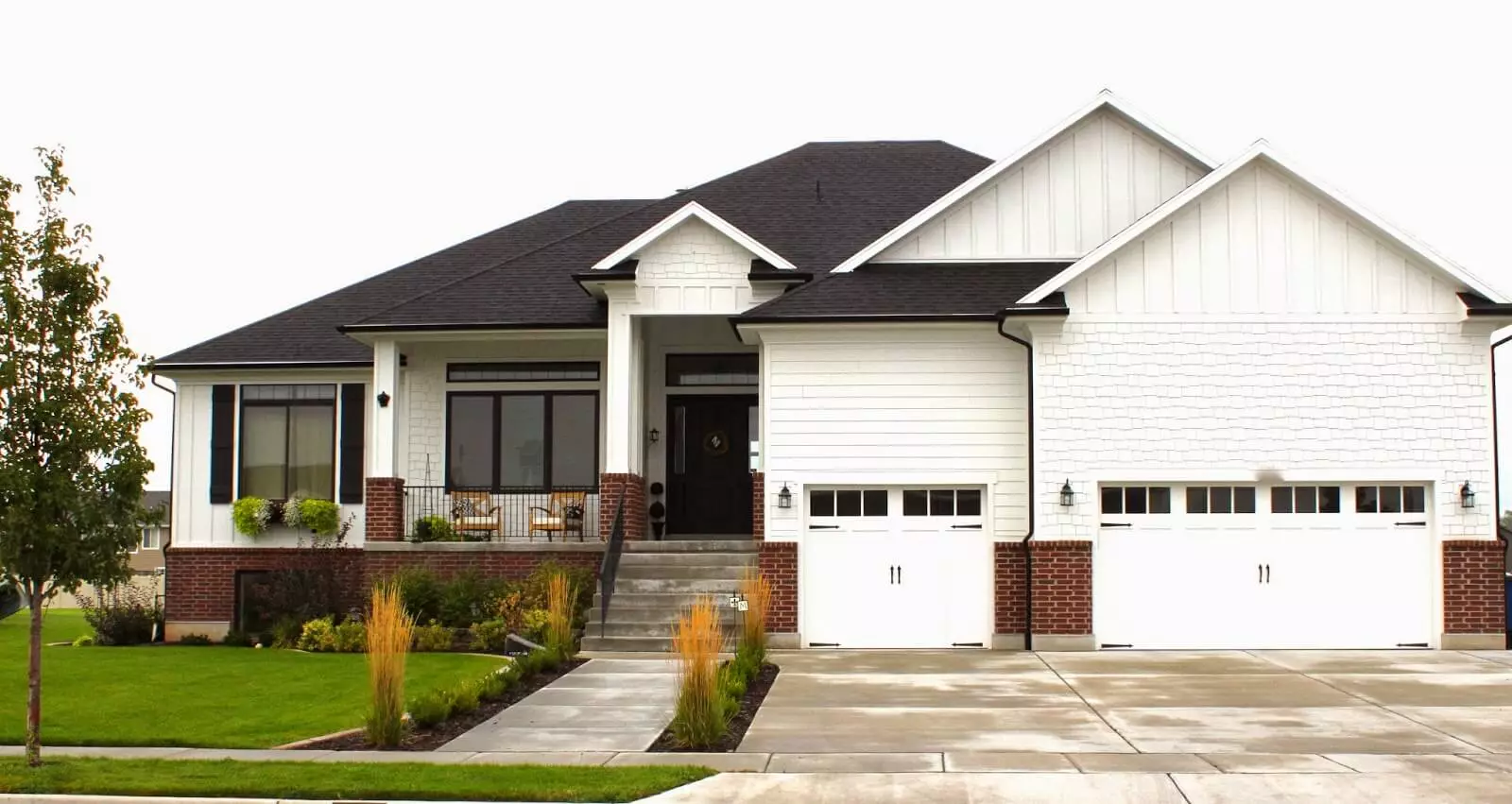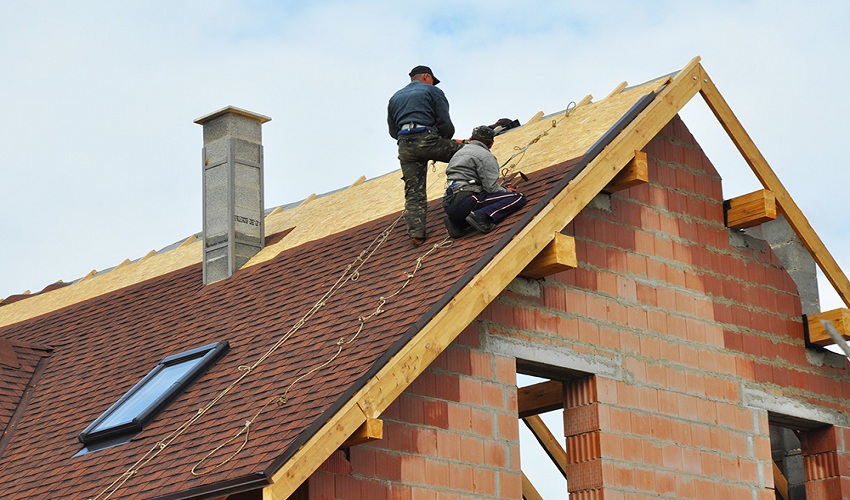The roof of your home likely covers a large surface area and is exposed to intense sunlight day after day. The material it’s made of and how reflective it is can have a significant impact on your home’s energy efficiency, especially in warmer climates. Let’s explore further about how San Jose roofing services by Ortega Roofing can affects home energy efficiency.

Content
What Does Roof Reflectivity Mean?
Some roofing materials like light-colored tiles or coatings can reflect over 60% of the sunlight that hits them. These are considered “cool roofs.” On the other hand, standard asphalt shingles may only reflect between 5-25% of solar energy. The less reflective a surface is, the more heat it absorbs.
In climatological terms, reflectivity is measured as solar reflectance or albedo, which ranges from 0 (a “black body” that absorbs all radiation) to 1 (fully reflective) on building surfaces. Hence, the goal is to have higher albedo levels on roofs closer to that upper margin. Some key variables that influence reflectivity include:
- Color and composition – Lighter and more reflective colors exhibit higher albedo. White has the highest rating, while black has the lowest.
- Wear and tear – Reflectivity tends to decline as roof coatings become dirty or experience weathering over time. Proper maintenance is key.
- Slope or orientation – Steeper sloped and south/west-facing roofs receive the greatest solar intensity so reflectivity is particularly impactful there.
Benefits of High Reflectivity Roofs
Clearly, having a “cool roof” has implications for building efficiency and energy savings. Some primary reasons why enhancing the reflective properties of your roofing is advisable include:
Reduced cooling costs – By reflecting a higher proportion of solar energy, your roof will transfer less heat into the interior living spaces. This decreases the workload on HVAC systems to maintain comfortable temperatures.
Improved durability – Roof coatings are subjected to intense expansion/contraction cycles as they heat up and cool down each day. By mitigating thermal shocks from solar absorption, reflective roofs better withstand impacts from temperature swings, moisture, and ultraviolet light.
Decreased pollution – Because cooling your home requires less electricity derived from fossil fuels when you have a more reflective roof, this directly leads to lowered emissions of greenhouse gases, particulates, and other pollutants.
Healthier indoor spaces – Absorbing less warmth means the building stays cooler. With less heat permeating inside, issues like mold growth and poor indoor air quality become less likely.
Urban heat island effect – In densely built cities, dozens of dark rooftops absorbing sunlight contribute to increased temperatures overall. More reflective roofing can mitigate heat island impacts.
Options for Improving Roof Reflectivity
If you would like to amplify your roof’s reflectance capabilities for the reasons above, several paths forward are available:
- Re-coating or painting your existing roofing with specialized reflective paints containing ceramic particles, aluminum oxide, or acrylic compounds engineered for solar reflection. White is the most reflective color, achieving albedo levels near 0.9 when new.
- Installation of new reflective membranes or coatings like aluminum-polyester composites, thermoplastic white vinyl, and acrylic elastomers which offer exceptional reflectance properties and waterproofing ability.
- Replacement of current roofing materials with new reflective tiles, metal panels like galvanized steel, or thermoplastic white vinyl steep slope roofing. These offer excellent solar reflection alongside durability and protective qualities.
- Positioning radiant barriers like aluminum sheets or reflective insulation at roof joists. This further blocks solar heat gain not reflected by exterior roofing.
- Incorporation of green roofs with hardy plant coverage also enhances reflectivity. The layered construction includes water retention mats, drainage components, protective barriers, and lush vegetation.
The Takeaway
In hotter environments, having a roof with high solar reflectance is a smart strategy to curb roof heat absorption and moderate indoor temperatures. The result is enhanced occupant comfort, lower HVAC bills, minimized pollution from power plants, benefits to urban heat islands, and longevity of roofing materials themselves. By better understanding the dynamics between roofing choices and energy usage, homeowners can make informed decisions about roof properties when building or renovating.

Shery Walls is a dedicated home blogger who has been blogging for over six years. She covers everything home related. Shery also loves writing posts about her travels to Europe with her husband and two children.

